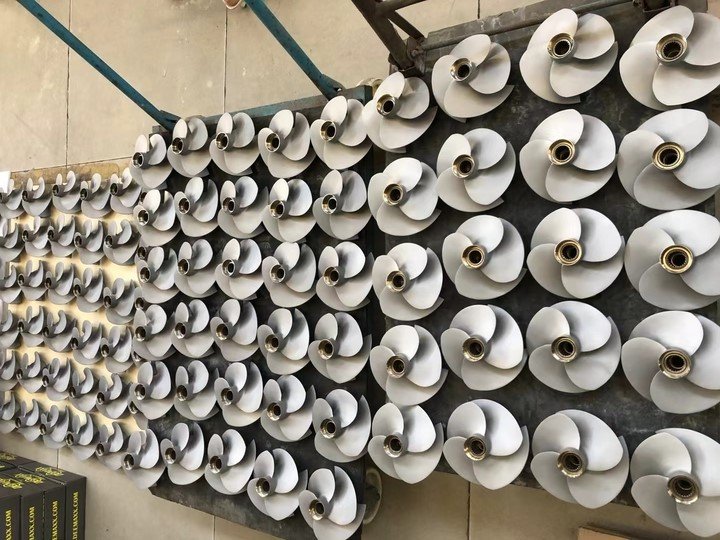What Are the Cost Benefits of Using High Temperature Alloys
Introduction
As we explore the world of high temperature alloys, we discover advanced compositions that push metal endurance beyond what was once possible. While regular alloys may offer similar capabilities in certain environments, advanced compositions excel even under more severe conditions and offer unique properties that set them apart. This exploration also examines cost benefits these alloys bring various industries – not only superior performance but also long term economic efficiency are among these unique alloys’ many virtues.

Detailed Analysis of Cost Benefits
High temperature alloys offer impressive cost benefits that match their physical properties. Engineered to withstand extreme temperatures and tough environments where standard alloys would falter, these special alloys have proven more than durable enough for extended lifespan and reduced replacement needs. Over time, initial investment costs in high temperature alloys will more than pay off through decreased replacement and maintenance expenses.
High temperature alloys’ ability to withstand harsh environments has a direct bearing on operational efficiency. Industries such as aerospace and energy regularly expose materials to high temperatures and harsh environments; with resilience at such extreme conditions being key in terms of downtime due to material failure. Furthermore, improved reliability guarantees continuous operations – an especially crucial aspect in sectors where any downtime could cost significant financial losses.
High temperature alloys not only help to minimize downtime, but their robust design also contributes to greater safety and performance. Critical applications, such as jet engines or power plant turbines, must use materials capable of withstanding intense conditions if they want optimal safety and performance – these enhanced properties help avoid accidents or failures which can have costly repercussions.
Though initial costs for high temperature alloys might be higher, their longevity, durability, and ability to improve operational efficiency and safety offer significant cost benefits over the long haul. All this makes high temperature alloys an intelligent investment for industries operating under severe operating conditions.
Conclusion and Future Implications
High temperature alloys represent an outstanding example of cost-effectiveness in challenging environments. Their resilience translates into reduced replacements, lower maintenance costs and enhanced operational efficiencies that add up to long-term savings. Furthermore, as technology progresses the potential cost savings available through these alloys expand, further emphasizing their significance. Furthermore, they’ll not just withstand extreme conditions – they’ll do it in an economically beneficial manner that opens up doors to innovative applications across various industries.





